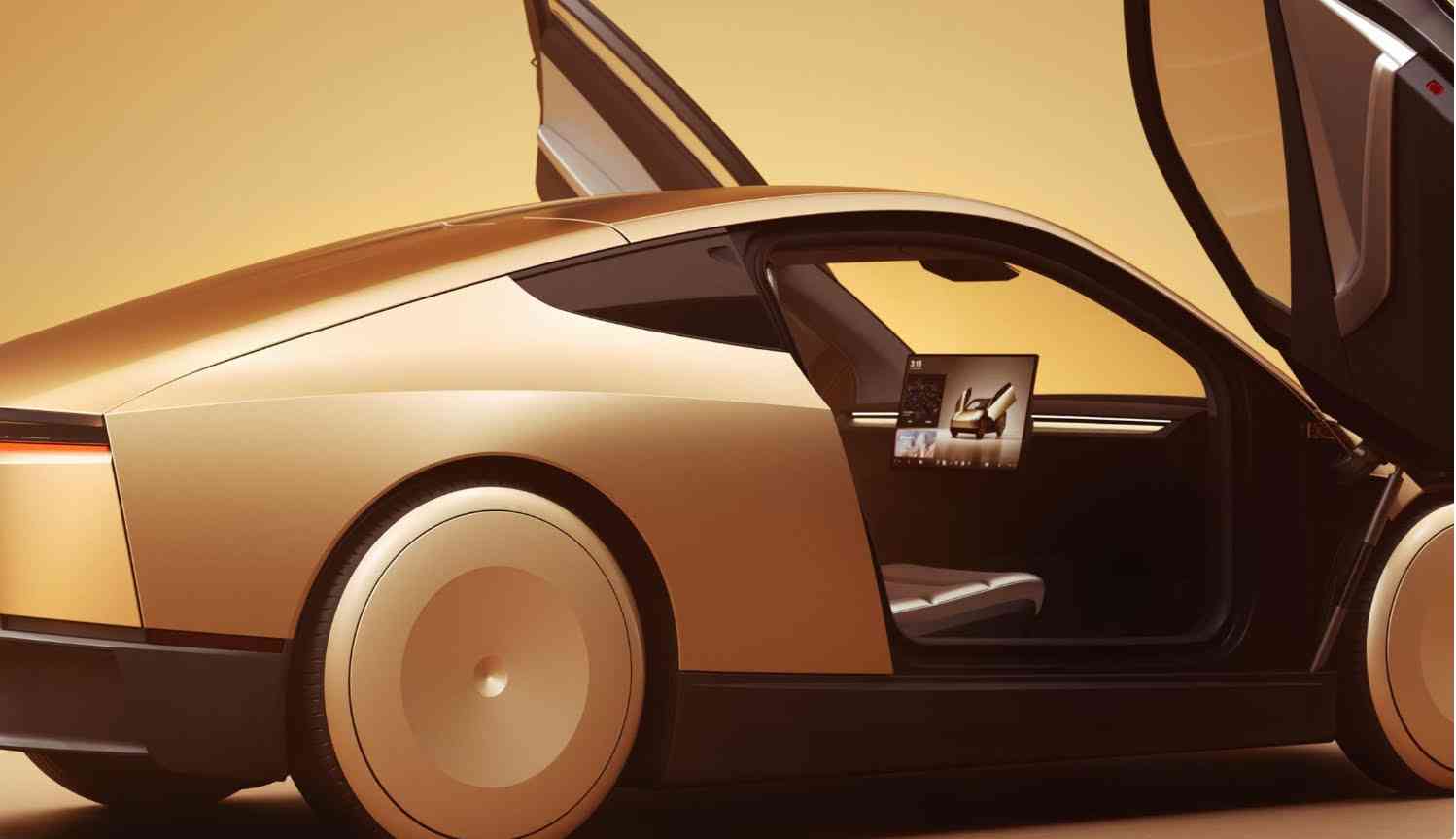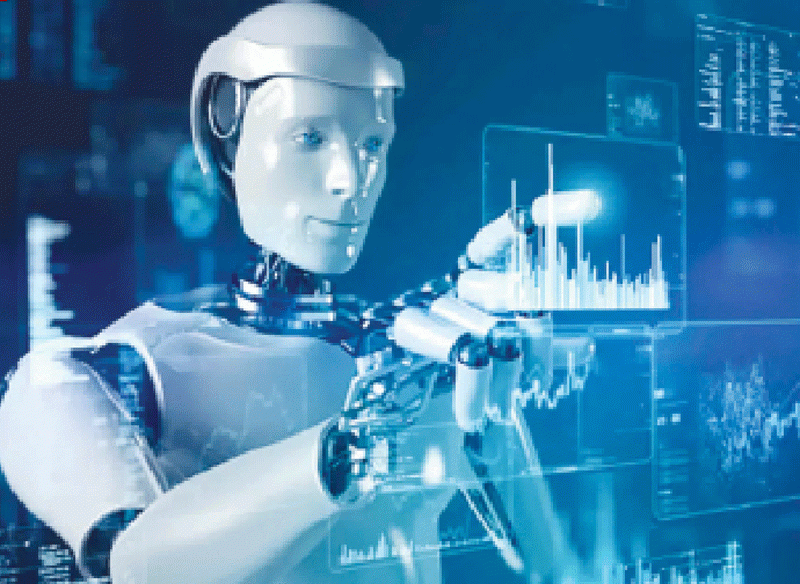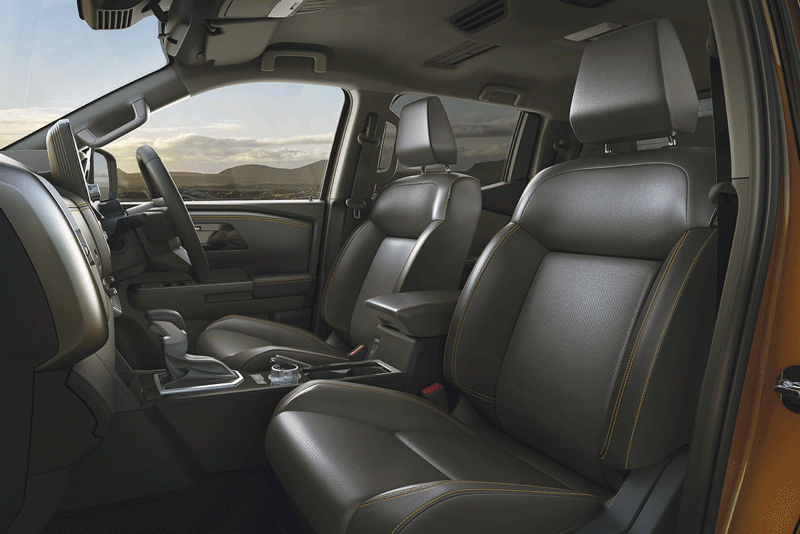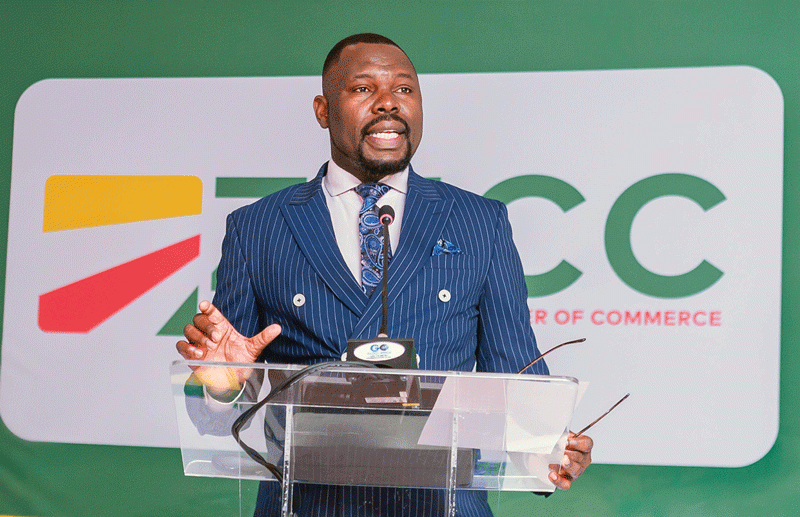
TESLA unveiled its long-anticipated Cybercab robotaxi on Thursday last week during a glitzy event at Warner Bros, Studios USA.
Chief executive Officer (CEO) Elon Musk announced that the Cybercab will be priced under US$30 000 and is expected to enter production by 2026, possibly earlier.
At this price, we would see a few of them on Zimbabwean roads ceteris paribus (all things being equal).
Elon Musk, the South African born American billionaire, joined Tesla in 2004 as the largest shareholder and became CEO in 2008. Under his leadership, Tesla has focused on advancing autonomous driving technology and expanding its vehicle line-up to cater to diverse market needs.
Musk is known for making bold predictions about Tesla’s technological advancements.
Vehicle features
The vehicle features no steering wheel or pedals, relying on advanced AI for navigation.
The Tesla Cybercab distinguishes itself in the robotaxi market primarily through its reliance on computer vision and AI for navigation, eschewing LiDAR sensors used by competitors like Waymo and Cruise.
- Twitter alternatives for the Musk-averse
- Village Rhapsody: ZEC wasting time trying to gag social media users
- Business opinion: Branding a service in the age of entrepreneurship and industrialisation
- Village Rhapsody: ZEC wasting time trying to gag social media users
Keep Reading
This approach aims to reduce costs, resulting in the Cybercab price being very competitive.
The design of the Tesla Cybercab significantly enhances its efficiency in urban areas. Its compact size and advanced AI allow it to navigate congested streets and tight spaces effectively.
The absence of traditional controls like a steering wheel and pedals maximises interior space, offering a comfortable passenger experience.
Additionally, the Cybercab’s fully electric drivetrain and inductive charging system promote sustainability by reducing emissions and simplifying charging logistics.
These features collectively aim to improve traffic flow and reduce congestion in urban environments.
The Tesla Cybercab’s AI system uses real-time data to optimise routes by integrating information from various sources such as GPS, traffic cameras, and mobile apps.
This allows the system to dynamically adjust to current road conditions, avoiding congestion and minimising travel time.
The AI processes large datasets quickly, using advanced algorithms to make real-time adjustments based on traffic patterns, weather conditions, and road closures.
This adaptability ensures that the Cybercab can efficiently navigate urban environments while maintaining optimal performance and safety.
Safety features
The Tesla Cybercab features several safety elements, including multiple sensors, cameras, and radar technology to ensure a secure, hands-free ride for passengers.
It relies on computer vision and AI-driven systems to navigate autonomously, eliminating the need for a steering wheel or pedals.
The process of calling a Tesla Cybercab involves using a dedicated ride-share application, which Tesla plans to launch.
This app will allow users to summon a Cybercab for transportation, similar to existing ride-hailing services like Uber.
Payment for the ride is expected to be integrated into the app, offering a seamless and secure transaction experience.
Musk claims that autonomous cars like the Cybercab are expected to be significantly safer than human-driven vehicles, potentially reducing accidents and injuries.
However, the vehicle’s safety and reliability in real-world conditions remain under scrutiny due to regulatory challenges and past incidents involving Tesla’s Full Self-Driving technology.
Market position
The Tesla Cybercab stands out in the robotaxi market with its fully autonomous design, lacking traditional controls like a steering wheel and pedals.
It relies on AI-driven camera technology rather than LiDAR, which is used by competitors such as Waymo and Cruise.
This approach aims to reduce costs but faces scepticism due to technical and regulatory challenges. The Tesla Cybercab’s AI system uses real-time data to optimise routes by integrating information from various sources such as GPS, traffic cameras, and mobile apps.
This adaptability ensures that the Cybercab can efficiently navigate urban environments while maintaining optimal performance and safety.
These factors combined, make the Tesla Cybercab a very attractive choice on the market.
Traffic recognition
The Tesla Cybercab’s AI system adapts to unpredictable urban traffic by leveraging advanced AI algorithms, cameras, and sensors to navigate autonomously. It uses real-time data to make decisions, allowing it to respond dynamically to changing traffic conditions.
The AI can predict traffic patterns, optimise routes, and adjust to incidents like accidents or road blockages, enhancing traffic flow and reducing congestion.
This adaptability is crucial for maintaining efficiency and safety in complex urban environments, where traditional systems may struggle with unforeseen fluctuations in traffic demands.
Tesla RoboVan
On the same day, Musk also introduced the Tesla RoboVan which features several key attributes:
High seating capacity: It can accommodate up to 20 passengers, making it suitable for group transportation such as public shuttles or corporate travel.
Customisable design: The interior can be adapted for various uses, including cargo transport and passenger comfort, with options for entertainment systems.
Full autonomy: Like the Cybercab, it utilises Tesla’s Full Self-Driving system, allowing operation without a human driver.
Sustainability: As a fully electric vehicle, it offers a zero-emissions solution for transportation needs.
Tesla Zimbabwe
I made an online enquiry about when Zimbabwe can expect to have its share of the Tesla autonomous Cybercabs.
The answer was, “By 2035, it is possible that Tesla Cybercabs could be available in Zimbabwe, but several factors will influence this outcome.
Tesla plans to begin production of the Cybercab before 2027, with a focus on regions with established infrastructure and regulatory frameworks for autonomous vehicles.
“For Zimbabwe to adopt such technology by 2035, significant advancements in infrastructure, regulatory approvals, and market readiness would be necessary.
Additionally, Tesla’s expansion strategy often prioritises markets with higher demand and established support networks for electric vehicles.”
- Bangure is a filmmaker. He has extensive experience in both print and electronic media production and management. He is a past chairperson of the National Employment Council of the Printing, Packaging and Newspaper Industry. He has considerable exposure to IT networks and Cloud technologies and is an enthusiastic scholar of artificial intelligence. — naison.bangure@hub-edutech.com.










